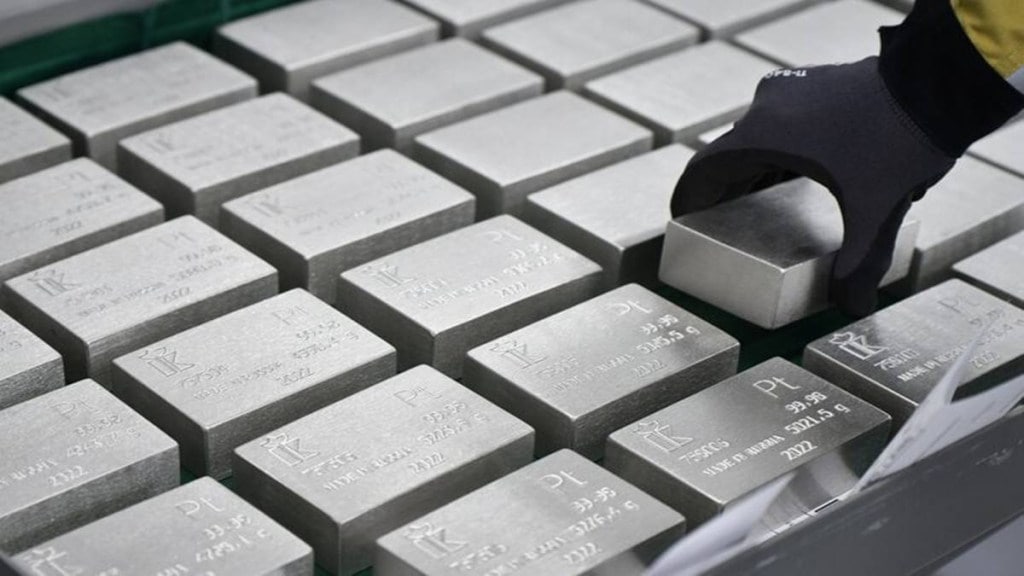With several companies dependent on silver as a raw material, the runaway prices of the white metal may hurt their supply contracts in the future. Firms in the electric vehicle (EV), semiconductor and renewable energy sectors told FE that the next four to six months will be critical as long-term supply contracts will be up for renewal.
While silver is known for its ornamental and investment value, its usage in the jewellery sector is around 30% only, according to commodity experts. A major 60% is used in industrial applications–from making chips to electronic components such as printed circuit boards, switches, contacts to EV batteries, solar panels, semiconductors and medical devices. This is due to its electrical and thermal conductivity, reflectivity and anti-microbial properties.
Silver rally driven by supply shortage and green demand
The current rally, which has seen silver’s spot price surge to nearly Rs 1.89 lakh per kg in Delhi, Mumbai and Kolkata and Rs 2 lakh/kg in Chennai, ahead of its futures price of Rs 1.64 lakh/kg, according to traders, has been fuelled by a chronic supply deficit and clean energy transition. The MCX spot silver price is currently trading at Rs 1.71 lakh/kg.
“The switch to green mobility, 5G technology and green energy by firms is powering industrial usage,” Renisha Chainani, head of research at Augmont, a gold and silver platform, said.
A top EV manufacturer told FE that there was no immediate impact on production as most of its components were secured on a fixed four-to-six-week schedule.
“Suppliers have also confirmed to us of adequate stock levels and diversified supply chains to mitigate short-term risks. However, if silver prices continue to rise or shortages persist into the longer term, we could face some issues, but not before December end,” he said.
Some other manufacturers contend that there is no local requirement of silver, as components such as EV batteries come pre-fitted from suppliers based in China. Yet, some manufacturers caution that if the white metal continues to remain volatile, it may impact production costs, forcing EV makers to revise prices in the future.
Hareesh Chandrasekar, CEO and co-founder, Agnit Semiconductors, said that downstream products of silver, used by the industry as inputs, such as silver epoxies and other compounds, which are currently hedged by contracts, may see an escalation in price once these agreements run their course. “This may mean that semiconductor material suppliers may pass through the increase in costs to players,” he added.
Rising silver cost may lift semiconductor prices
Ishank Kataria, partner, EY Parthenon, said that semiconductor prices may increase by 1.5-2% if silver prices continue to remain high. He also said that while mobile and printed circuit board assemblers hold inventory of around 6-20 weeks, they may pass on input prices to original equipment manufacturers (OEMs) if the silver rally persists for long.
“There has been a collective decision by us and several international associations to pass on the cost impact to customers,” Eswara Rao Nandan, CEO, Polymatech Electronics, said.
Some semiconductor players say that they may cut silver per watt by switching to copper plating to ensure future production is not hampered. While EV manufactures say that switching to alternative metals (such as zinc or copper) may require validation and certification.

